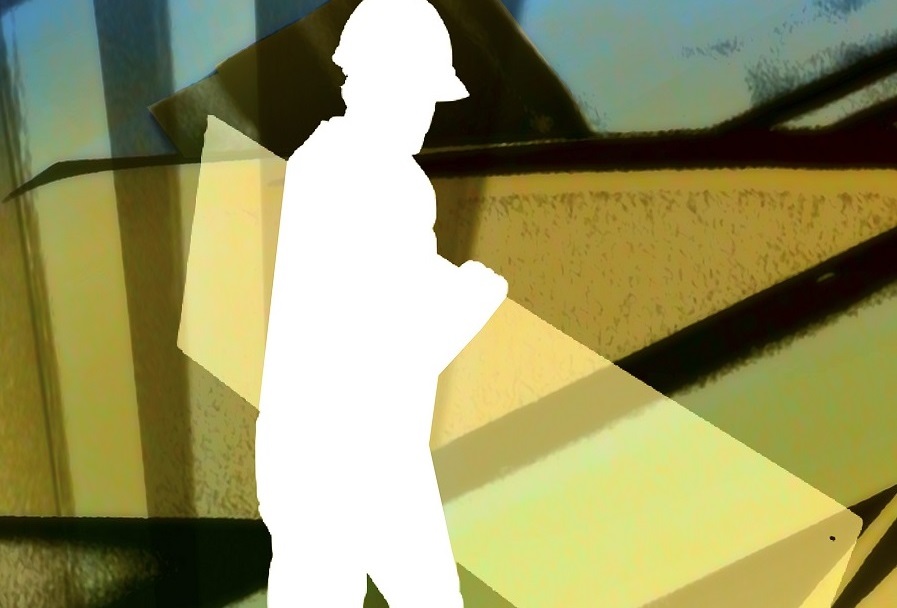Construction health risks

|
Despite big improvements, construction still poses significant health risks to those who work in it. As an industry it accounts for a significant percentage of fatal and major injuries, from falling from height, equipment-related accidents and so on. It also poses many general risks to health.
The Health and Safety Executive (HSE) estimates that around 4% of construction workers suffer from a work-related illness every year, and 3% sustain a work-related injury. This results in around 2.2 million working days being lost each year. However, the industry has tended to focus attention on the immediate risks of harm rather than the factors that can have a cumulative impact over time.
Statistics show that those who work in construction have a high risk of developing cancer, accounting for more than 40% of occupational cancer deaths and cancer registrations. On an annual basis, past exposures from construction work are estimated to cause 3,700 deaths from occupational cancer. The most significant causes of these cancers are:
There are a wide range of other potential risks:
- Hazardous substances are common in construction work and can cause breathing problems, lung diseases, dermatitis and so on. For more information, see hazardous substances.
- Physical health risks are prevalent in construction, particularly back injuries and upper limb problems, often as a result of repetitive motion.
- Excessive noise from power tools can lead to hearing loss or problems such as tinnitus.
- Vibration from power tools can cause nerve and tendon damage to hands, arms and wrists, such as hand-arm vibration syndrome.
- Heat stress can cause brain, heart or kidney damage, and in extreme cases even death.
- Mental health problems among construction workers are the third most common reason for workplace absences from contractor organisations. There have been several initiatives, such as the Building Site to Boardroom (BS2B) scheme to address these ‘unspoken’ issues. The Samaritans have reported that construction workers are six times more likely to die of suicide than from a fall.
The reasons why construction workers face a high risk of occupational ill health are varied, including:
- The site environment can be less controlled than an industrial environment such as a factory.
- It is more dynamic, in that sites are constantly changing with a large number of different activities and trades operating simultaneously.
- Work teams, such as subcontractors, may have their own safety culture which may vary from others or from the site in general.
The legislation affecting health and safety in design and construction falls under the Health and Safety at Work etc.
For more information, see 'health and safety for building design and construction'.
The Construction (Design and Management) Regulations (CDM regulations) in particular are intended to ensure that health and safety issues are properly considered during a project’s development.
They include general requirements that apply to all projects and additional duties that apply to notifiable construction projects (where the construction work is likely to last longer than 30 working days and has more than 20 workers working simultaneously at any point in the project, or exceeds 500 person days).
For more information see: CDM.
There is also a legal requirement through the Reporting of Injuries, Diseases and Dangerous Occurrences Regulations 2013 (RIDDOR) for a responsible person (employers, the self-employed and individuals in control of work premises) to notify and keep records of specified workplace incidents.
For more information see: RIDDOR.
[edit] Related articles on Designing Buildings
- Competent person.
- Construction dust.
- Control of Substances Hazardous to Health (COSHH).
- Hand-arm vibration syndrome.
- Hazardous substances.
- Health and safety for building design and construction.
- Injuries on construction sites.
- Inspections focus on occupational lung disease.
- Lock out tag out LOTO.
- Manual handling.
- Near miss.
- Occupational Safety and Health Administration OSHA.
- Pandemic safety for on-site accommodations.
- Personal protective equipment.
- Risk assessment.
- Safety management.
- Social distancing on construction sites.
- Stop Make a Change SMAC-20.
- The impact of silicosis on the construction industry.
- Workplace exposure limits.
Featured articles and news
ECA Blueprint for Electrification
The 'mosaic of interconnected challenges' and how to deliver the UK’s Transition to Clean Power.
Grenfell Tower Principal Contractor Award notice
Tower repair and maintenance contractor announced as demolition contractor.
Passivhaus social homes benefit from heat pump service
Sixteen new homes designed and built to achieve Passivhaus constructed in Dumfries & Galloway.
CABE Publishes Results of 2025 Building Control Survey
Concern over lack of understanding of how roles have changed since the introduction of the BSA 2022.
British Architectural Sculpture 1851-1951
A rich heritage of decorative and figurative sculpture. Book review.
A programme to tackle the lack of diversity.
Independent Building Control review panel
Five members of the newly established, Grenfell Tower Inquiry recommended, panel appointed.
Welsh Recharging Electrical Skills Charter progresses
ECA progressing on the ‘asks’ of the Recharging Electrical Skills Charter at the Senedd in Wales.
A brief history from 1890s to 2020s.
CIOB and CORBON combine forces
To elevate professional standards in Nigeria’s construction industry.
Amendment to the GB Energy Bill welcomed by ECA
Move prevents nationally-owned energy company from investing in solar panels produced by modern slavery.
Gregor Harvie argues that AI is state-sanctioned theft of IP.
Heat pumps, vehicle chargers and heating appliances must be sold with smart functionality.
Experimental AI housing target help for councils
Experimental AI could help councils meet housing targets by digitising records.
New-style degrees set for reformed ARB accreditation
Following the ARB Tomorrow's Architects competency outcomes for Architects.
BSRIA Occupant Wellbeing survey BOW
Occupant satisfaction and wellbeing tool inc. physical environment, indoor facilities, functionality and accessibility.























Comments